11 Jan
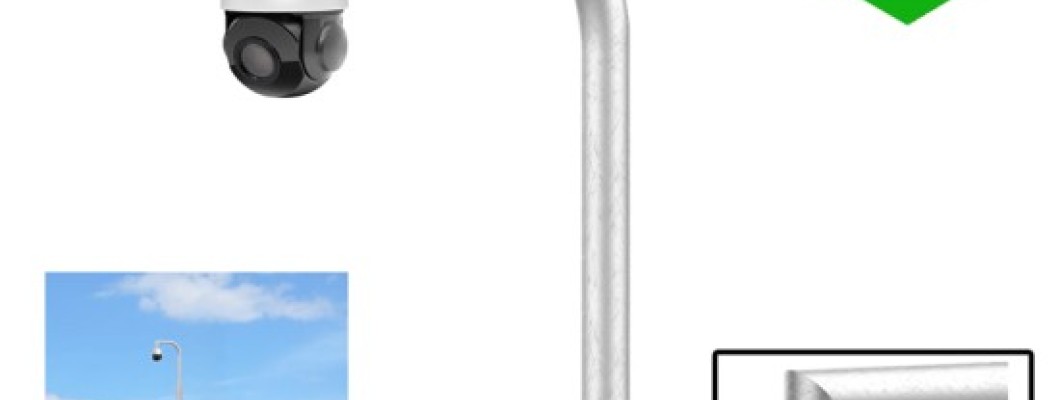

What is the Difference Between a CCTV Post and a Street Lamp Post?
While both CCTV and street lamp posts serve outdoor functions, their designs and purposes differ significantly. CCTV posts are specifically engineered to support surveillance cameras and associated equipment. They often include features such as internal cable management, access panels for maintenance, and anti-climb designs for security. In contrast, street lamp posts are primarily designed to hold lighting fixtures for illuminating roads, pavements, or public spaces. The structural and load-bearing requirements for CCTV posts may also vary to accommodate multiple cameras or other heavy equipment, whereas street lamp posts are optimised for light fixtures only.
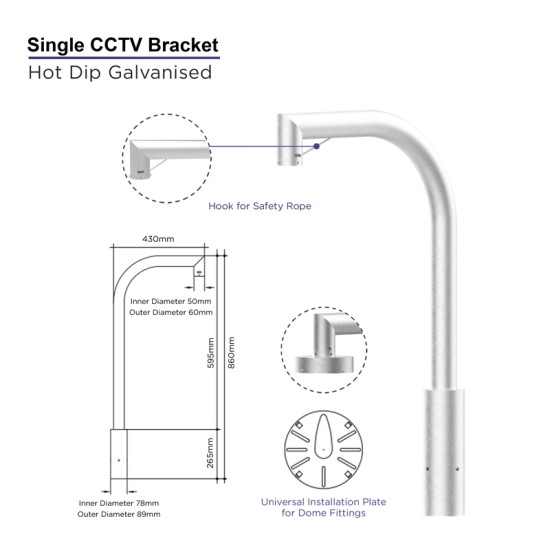
Can CCTV Posts Withstand High Winds?
CCTV posts are engineered to withstand high winds and adverse weather conditions. Their robust construction, often using galvanised steel, ensures stability even in exposed areas. Posts are tested for wind loading to ensure they remain upright and secure under varying conditions. Factors such as the post's height, location, and the weight of mounted equipment are considered during design and installation. Additional features, such as reinforced bases or guy wires, may be used in extremely windy regions. Regular maintenance and inspections help ensure the posts continue to perform well and maintain structural integrity over time.
How are CCTV Posts Installed?
Installing a CCTV post involves several steps to ensure stability and functionality. First, a site survey is conducted to determine the optimal location and foundation requirements. For root-mounted posts, a hole is excavated, and a concrete foundation is poured to secure the base. Flanged posts, on the other hand, are bolted onto pre-prepared concrete pads. Internal wiring for cameras and equipment is run through the hollow centre of the post, emerging at access panels for connections. Finally, the cameras and any additional equipment, such as lighting or signage, are mounted and tested for proper alignment and functionality.


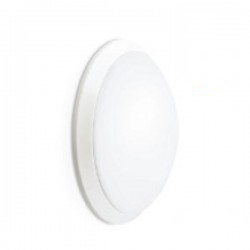
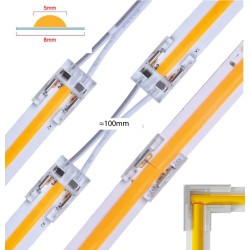
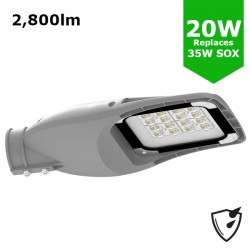
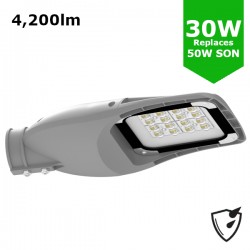
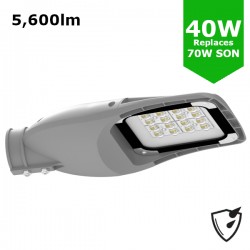
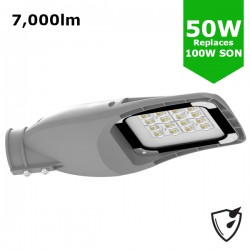
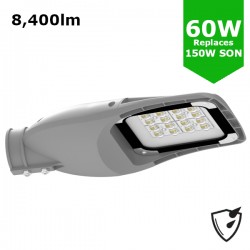
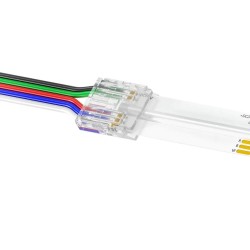

Leave a Comment